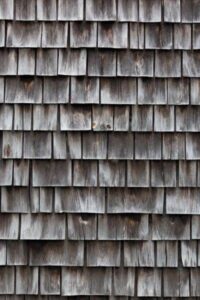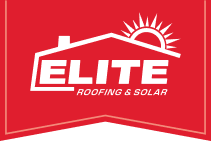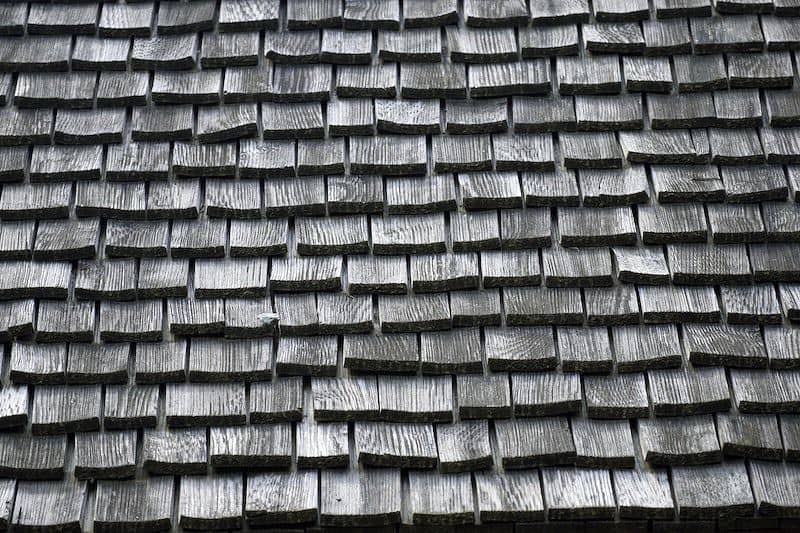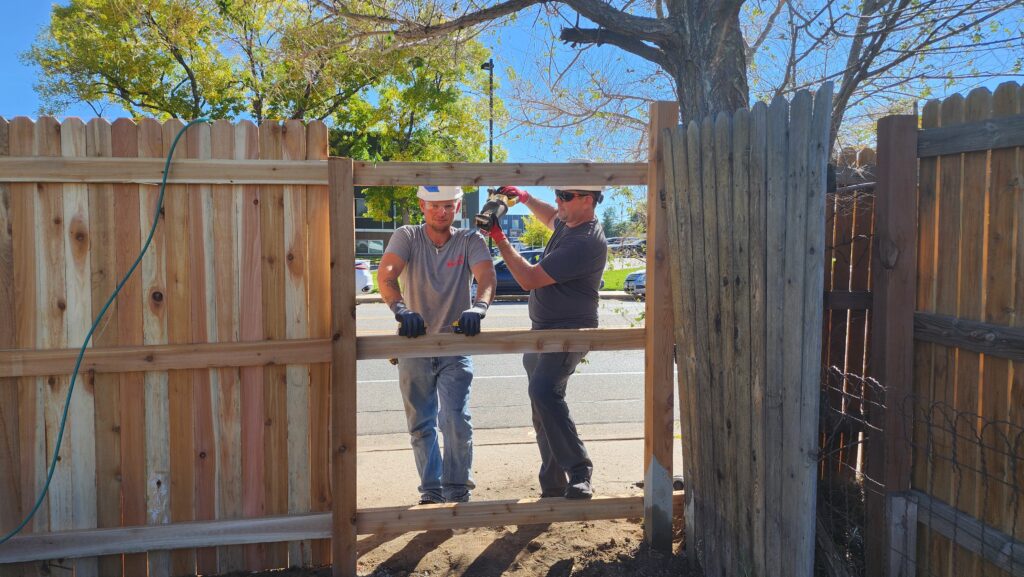Replacing wood shakes with a fire-resistant material will improve safety and may lower your premiums 
In June of 2022, Boulder County put out a new mandate: no new wood shake roof would be permitted on newly built homes, and instead these buildings would be required to use more fire-resistant materials. This mandate came in response to the Marshall Fire, a 2021 grass fire that became the most destructive in Colorado’s history.
This wood shake roof mandate wasn’t the first of its kind, as similar regulations have been put in place throughout Colorado. Colorado Springs banned new wood roofs in 2002, while the City of Boulder went a step further several years ago, requiring all roofs made of more than 50 percent wood to be replaced by the beginning of 2014.
While not all such regulations require homeowners to replace a wood shake roof immediately, there’s plenty of reason to do so. Wood shake roofs represent a significant fire risk, particularly in a fire-prone area like Colorado. That risk presents a hazard to homes and families, and it’s a risk that can make a major impact on insurance coverage. If you have a wood shake roof, here’s why we recommend replacing it as soon as possible.
Reduce Fire Risk to Your Home
Colorado has seen its fair share of wildfires. Grassland regions of eastern Colorado are especially susceptible, but storms during dry periods in more populous areas of the state can also spark fires.
Unfortunately, many significant fires in Colorado’s history have been further fueled by properties in the path of the inferno. The Marshall Fire created significant destruction in part because many homes in its path were covered with flammable wood shakes. While newer synthetic shakes have been developed to reduce this risk, traditional wood shake roofs will always be more susceptible to fire than alternative roofing materials such as shingles, tile, and metal roofing.
A Wood Shake Roof Is Likely Near the End of Its Lifespan
With so many regulations in place banning new wood shake roofs from being added to homes, this means the average wood shake roof is likely much older, as the roof would have to have been installed prior to these mandates.
According to Bryce Backcock of Farmer’s Insurance in Louisville, CO, if a homeowner has wood shakes on their home, “that’s at least a 20–25-year-old roof. They didn’t install wood shakes past the 2000s, so that makes the roof more susceptible to loss than if it was put on last week.”
How long does a wood shake roof last? It depends on the type of wood and maintenance, but a typical wood shake roof will last for around 30–40 years when newly installed. In other words, in addition to the ongoing fire risk, many Colorado wood shake roofs may also be compromised as they’re nearing the end of their expected lifespan. This leaves homes at risk of other types of damage, including moisture intrusion and other common roofing issues.
Insurance Coverage Difficulties
The insurance industry is all about assessing risk of loss and providing coverage based on that assessment. A long list of factors go into the type and cost of coverage your home will receive, and the roofing material your home uses is particularly significant.
Between the likely age of the roof and their fire-prone nature, wood shake roofs present plenty of risk for insurance providers. That risk won’t simply be reflected in the price of your premiums—instead, it can have a major impact on whether you’ll receive coverage for a roof replacement at all.
“Wood shake is not going to be covered by Farmer’s anymore,” says Babcock. “So if they have a wood shake shingle on their roof, then they’re most likely going to be paid out on an actual cash value basis, versus a replacement cost basis.”
A payment based on actual cash value means insurers will only provide a payment covering the value of the roof at the time of the loss, rather than paying for a completely new roof to be installed. And since many wood shake roofs in Colorado are more than 20 years old, the resulting insurance payout would be significantly reduced.
Reduce Liability and Improve Your Insurance Coverage
On account of the fire risk, likely age of your roof, and difficulties with coverage, replacing a wood shake roof can go a long way toward reducing your homeowners insurance liability and strengthening your coverage.
In some cases, replacing a wood shake roof can lower your premiums, though this is not always the case as many wood shake roofs simply won’t be covered at all. Regardless of current premiums, replacing wood shakes with less flammable and more durable materials can drastically improve coverage by lowering your insurance liability.
Some roofing materials will be better than others in this regard. Impact resistant shingles may receive better coverage than standard shingles, particularly in a hail-prone area like ours. In addition, tile and concrete roofing can do even more for your premiums, as these materials are simply less susceptible to loss.
Whatever material you choose to replace your wood shake roof, be sure to consult with your insurance provider both before and after to confirm your coverage and to keep your provider updated on the current value and risk of your home.
Replace Your Wood Shake Roof Today!
We can’t deny that a wood shake roof can give homes a unique and rustic appearance, but the inherent fire risk and lack of effective insurance coverage simply isn’t a worthwhile tradeoff. And while wood shake roof replacements have not become mandatory throughout the state of Colorado, it may just be a matter of time.
If your home still has a wood shake roof, Elite Roofing & Solar urges you to stay ahead of the curve—and keep your family safe—by replacing your roof with a material more suitable to Colorado’s unique climate and risk factors. Still love the look of your roof? You have many choices when it comes to synthetic wood shake that is both durable and fire resistant. Get in touch with our team today and allow us to help you explore your options!








